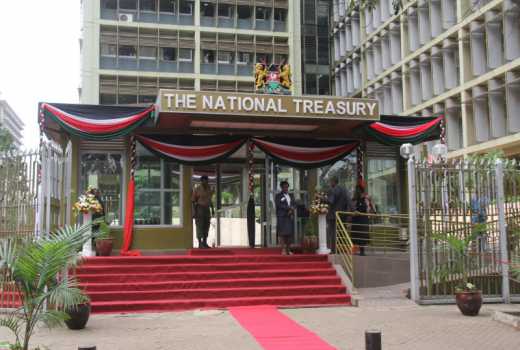×
The Standard e-Paper
Smart Minds Choose Us

There is something ominous about Kenya’s debt. Total public debt as at December 2017 hit high levels - at Sh4.6 trillion and still counting.
With each passing day, Kenya inches closer to a debt trap. And soon it will be difficult or almost impossible for the country to repay these expensive loans. The consequences are too dire to imagine.